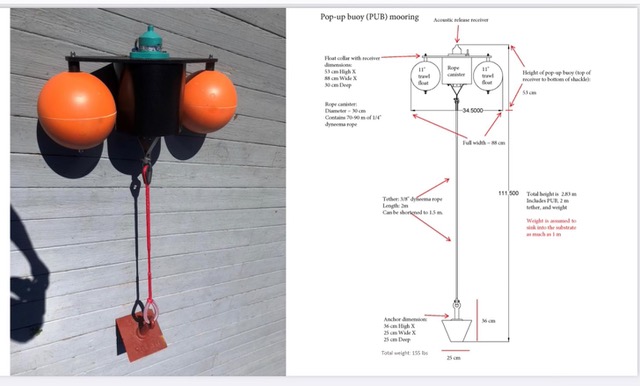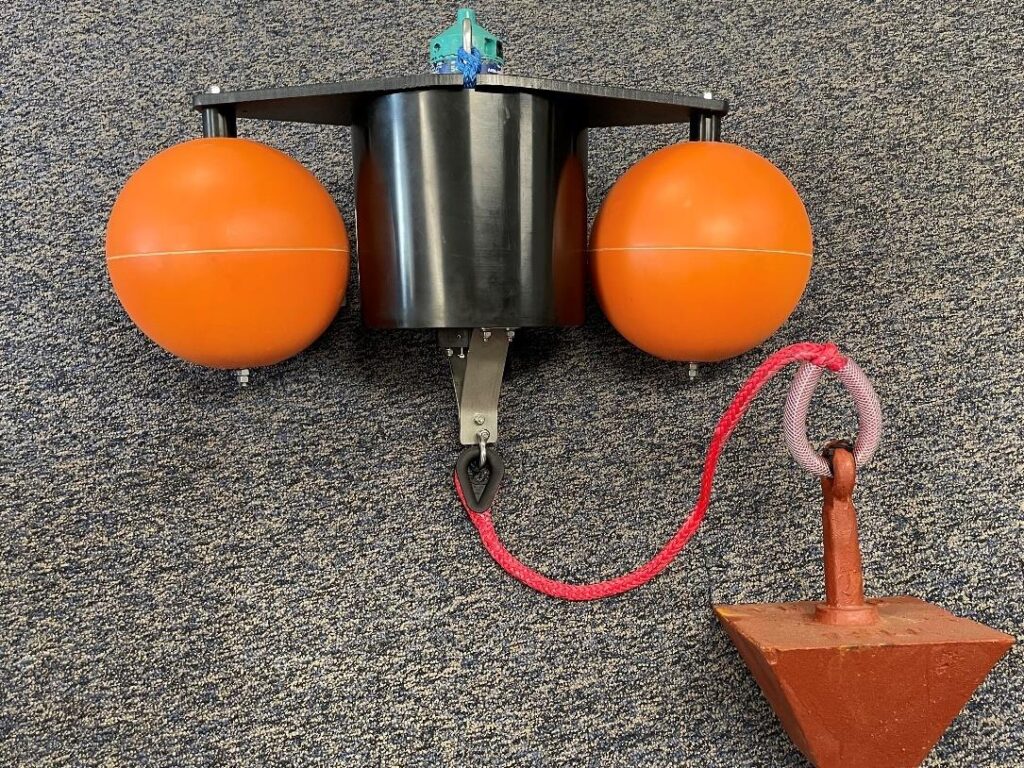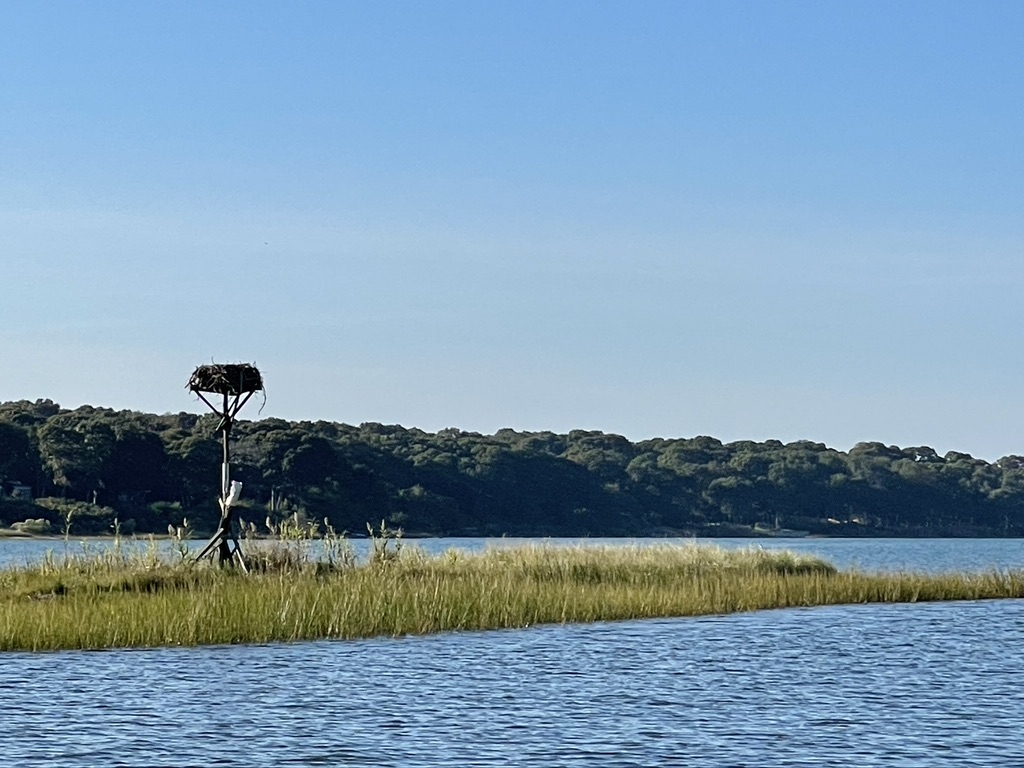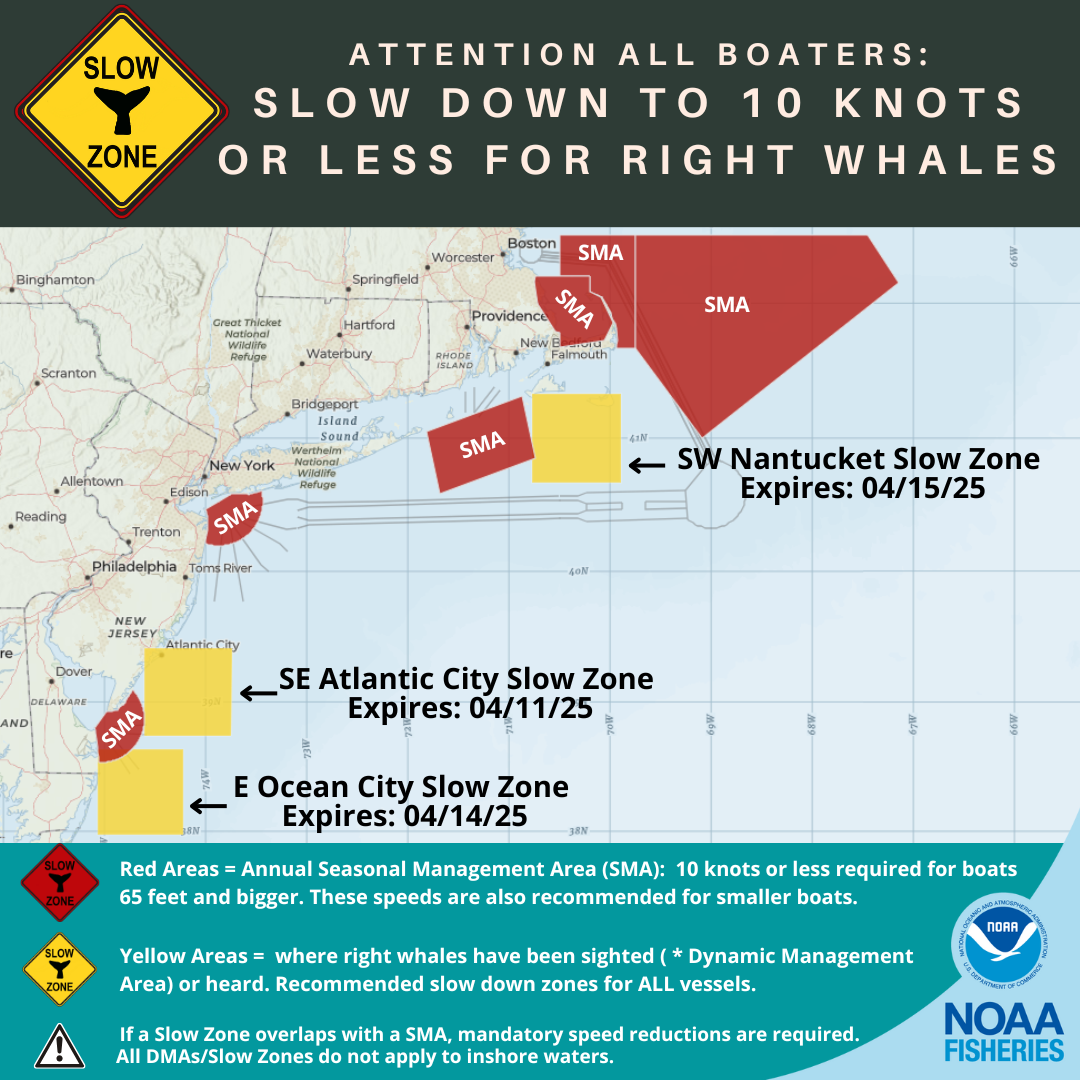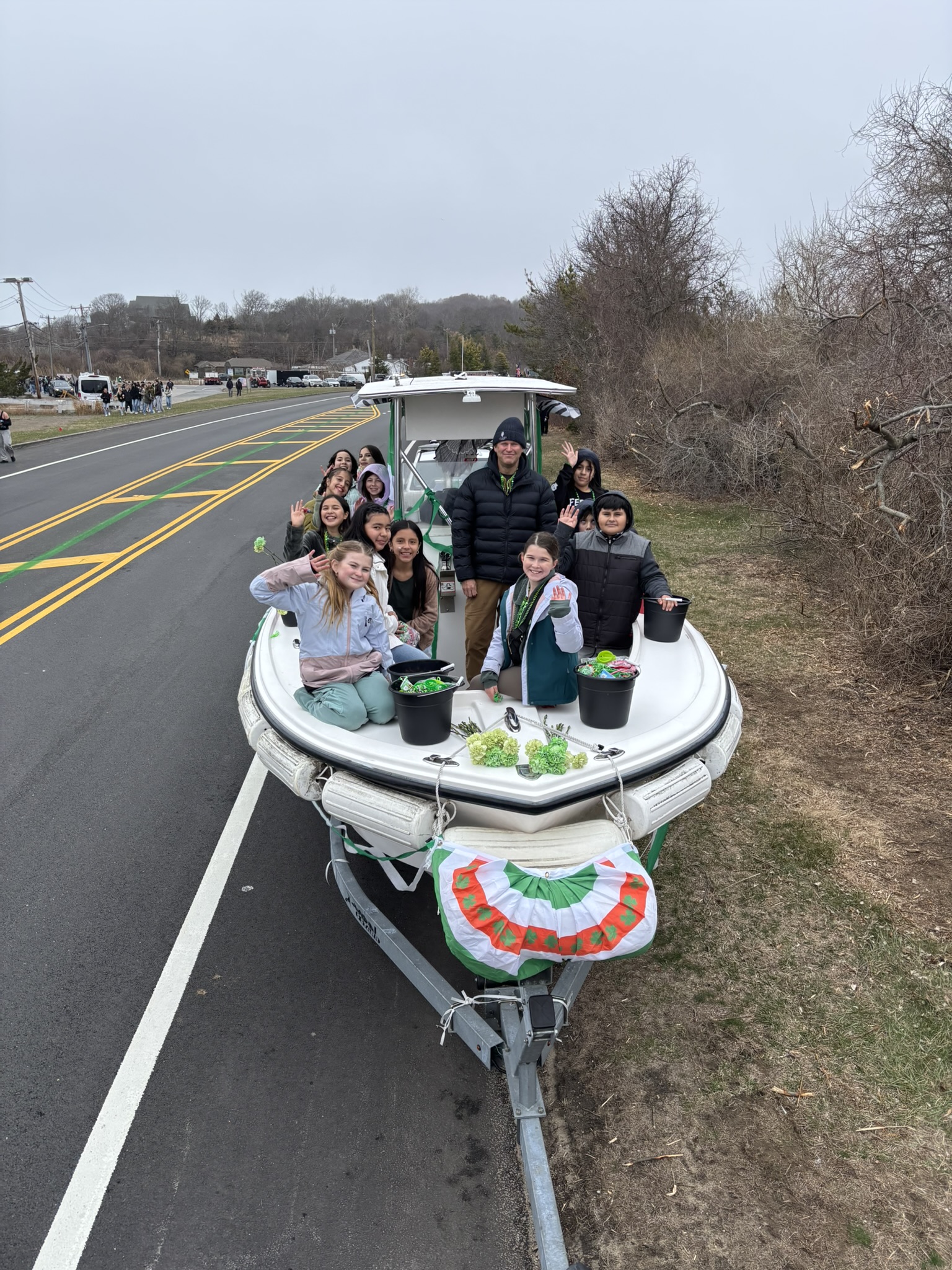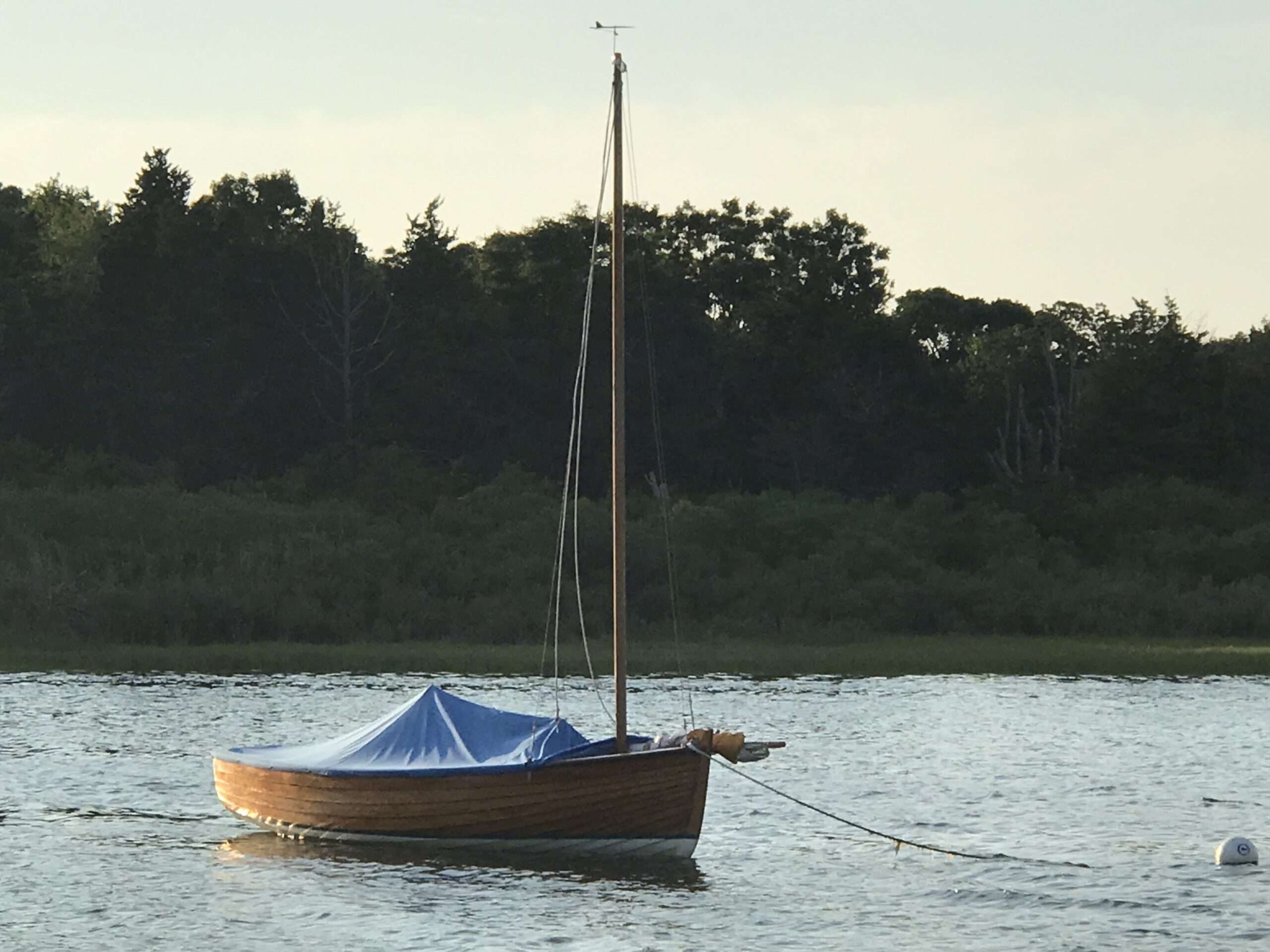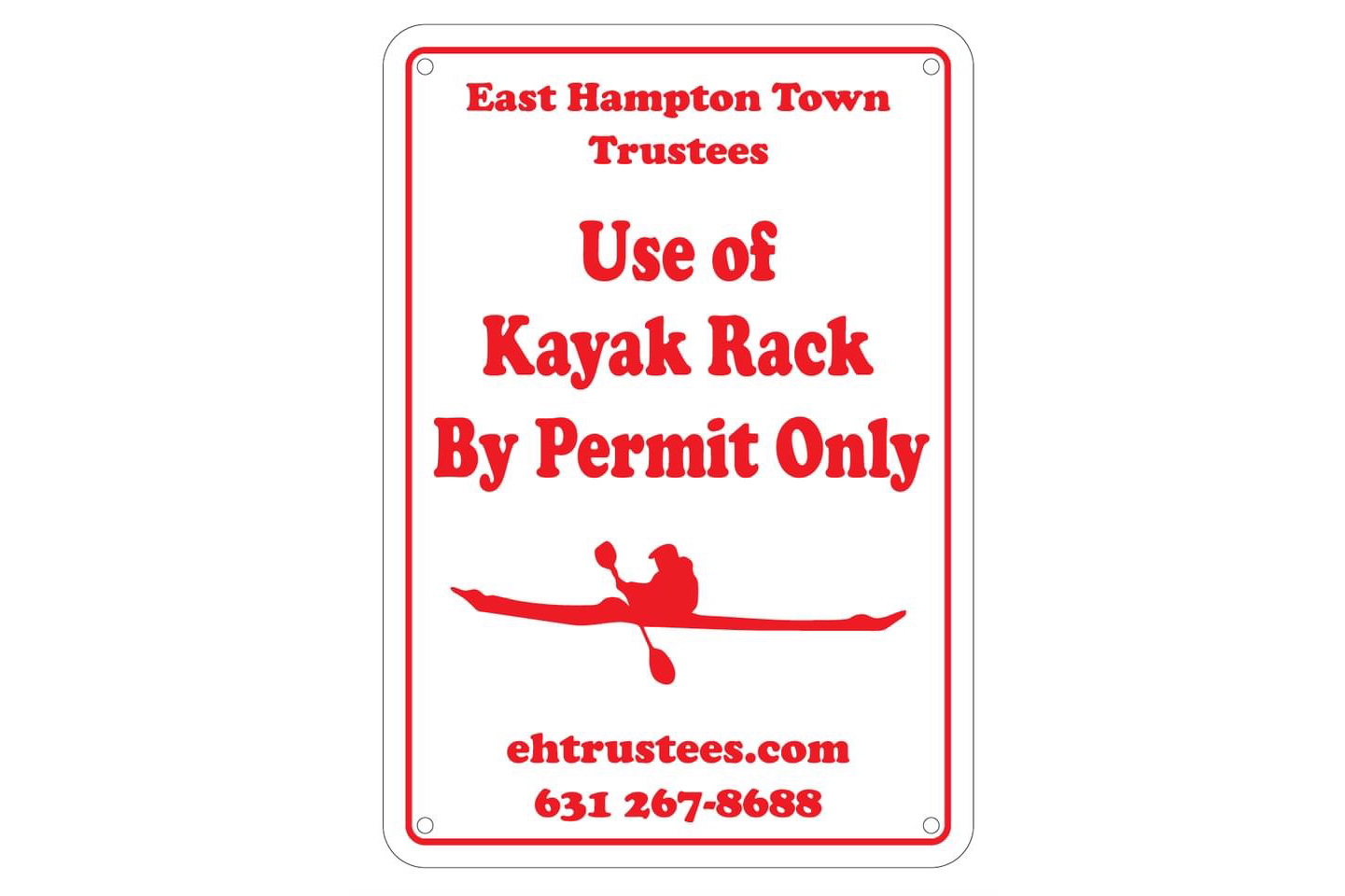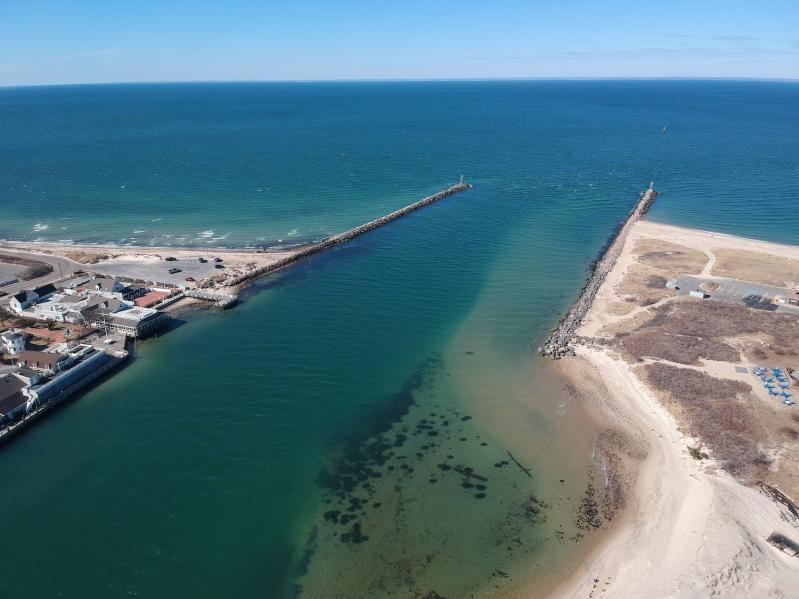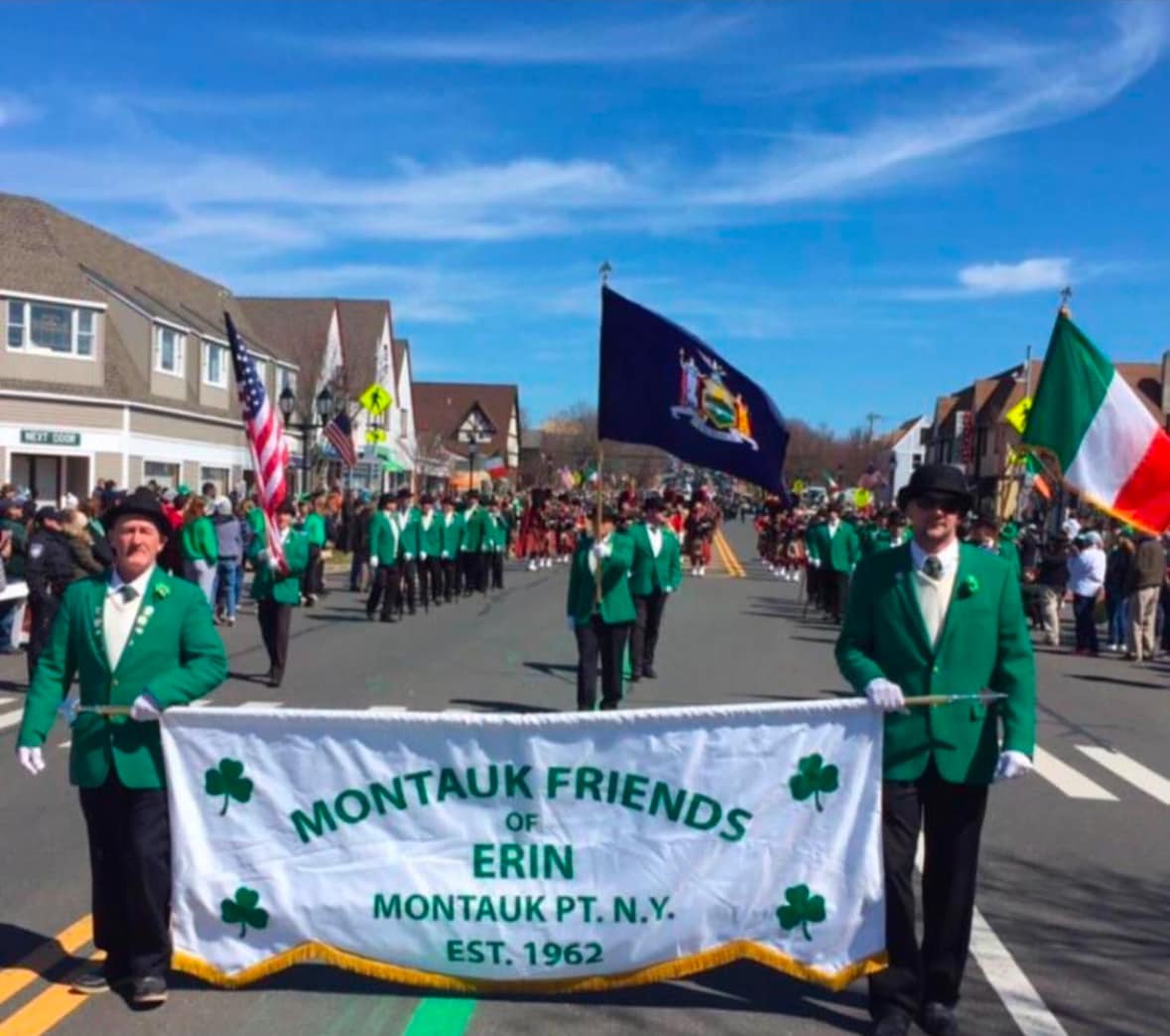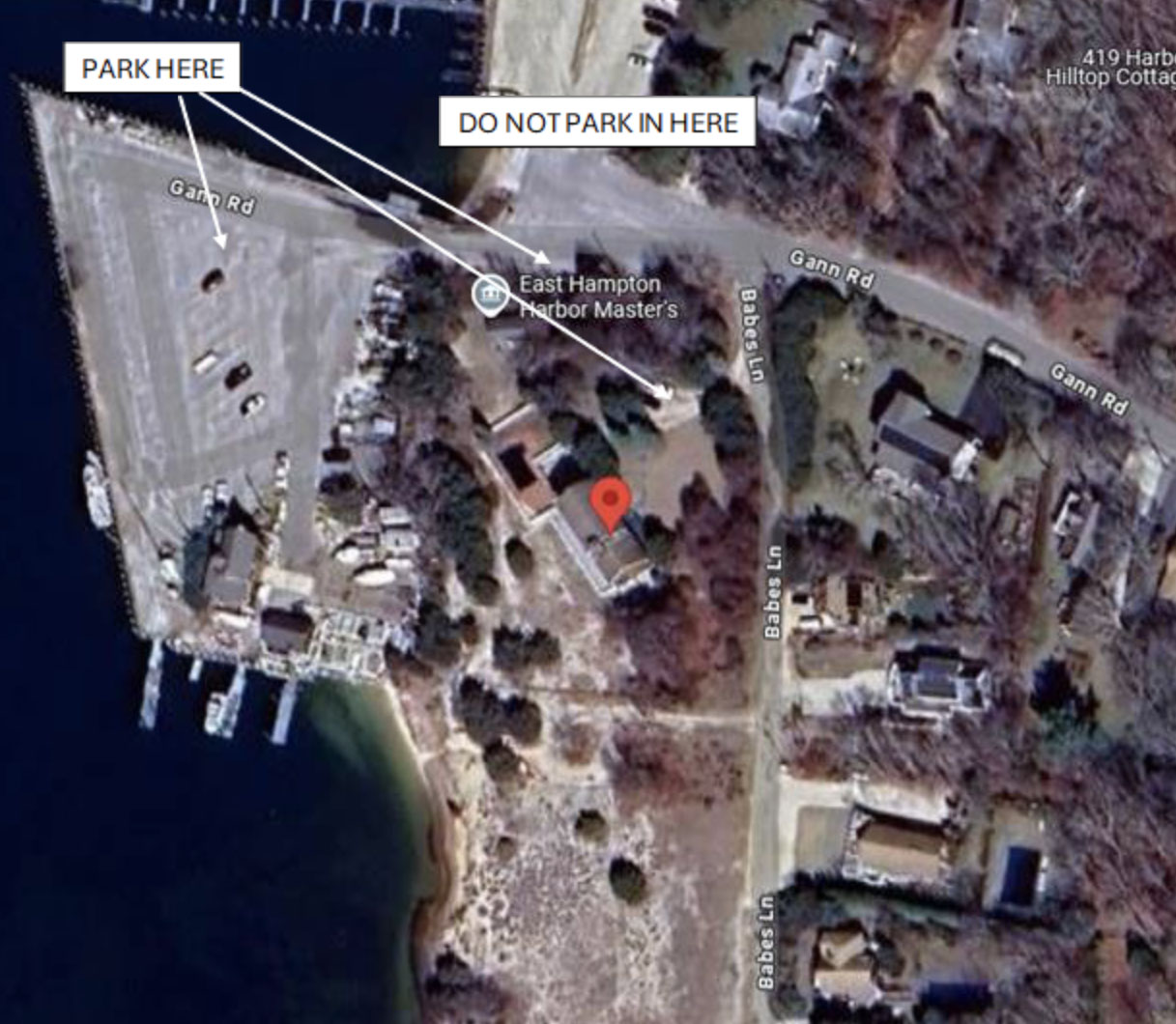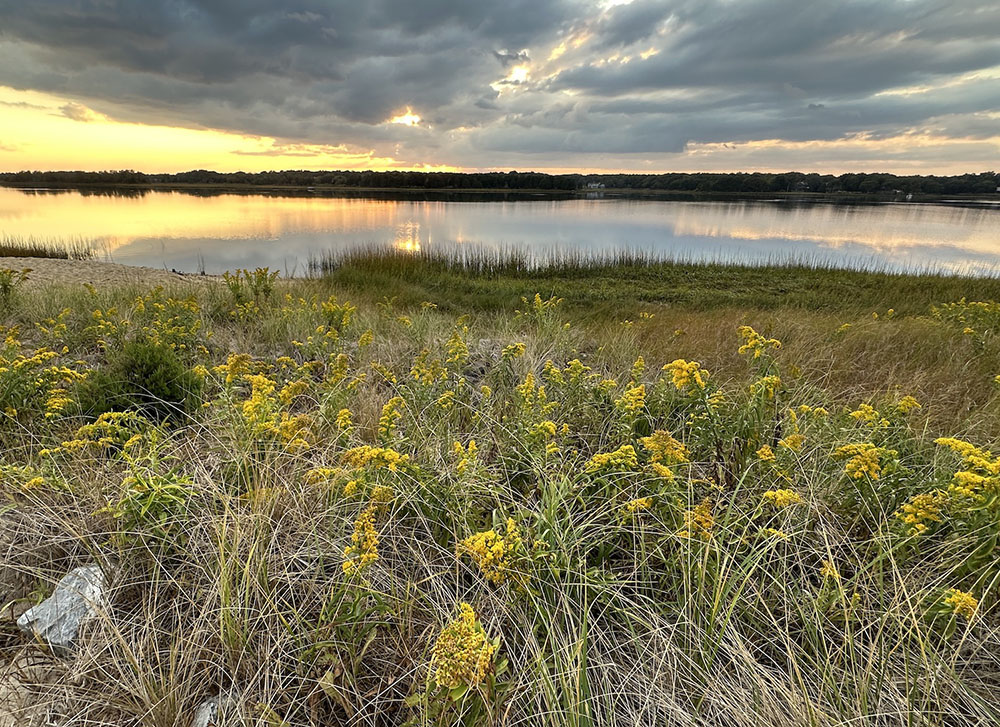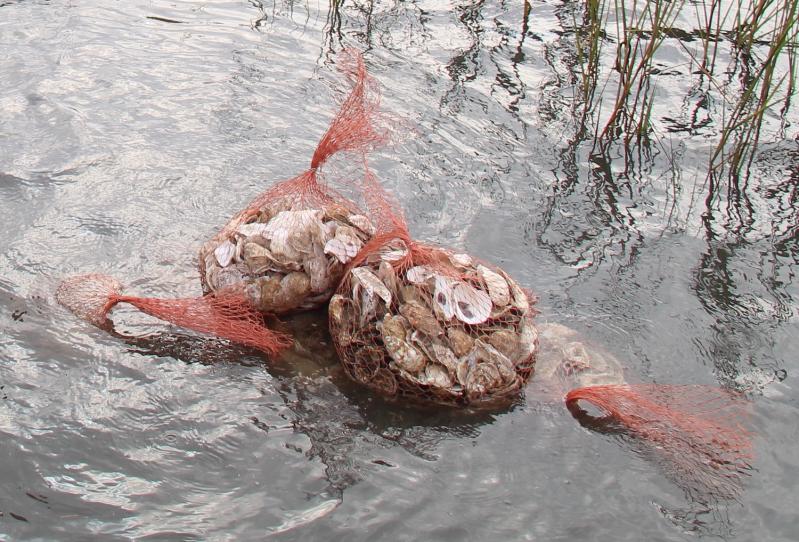On April 2nd, Dr. Christopher Gobler of Stony Brook University gave a report about our local waterways and how we can help during the changing climate conditions that have adversely impacted the conditions for marine and plant life. Record-breaking temperatures, dangerous bacteria and worsening water quality are all affecting Long Island’s bays, according to the latest annual “State of the Bays” lecture. The lecture highlighted several alarming developments, including a more than 60 percent rise in groundwater nitrogen levels since the late 20th century. This has contributed to a 90 percent decline in critical marine habitats, such as eelgrass and
Cornell Cooperative Extension- Marine Program will be conducting a bottom trawl survey throughout NY state waters from Smith Point Inlet to Montauk Point on approximately April 12-18, 2025 (See chart below). The East Hampton Town Trustees commissioned the study of fish migration near the proposed landing site of the South Fork Wind Farm Export Cable. The Cornell bottom trawl survey will be conducted to provide a consistent sampling of finfish and invertebrates in the affected area and an associated reference area. Survey data will be used to document fish populations, as well as to inform the environmental review process that
North Atlantic right whale vessel speed restrictions reduce the likelihood of lethal collisions between vessels and these endangered whales. A visualization illustrating the risk right whales face every day. It shows the migratory path of a 1-year-old right whale satellite-tagged off the Virginia/North Carolina coast in March 2021. Credit: NOAA Fisheries. Right Whale Migration in an Urban Ocean Endangered North Atlantic right whales are at heightened risk for vessel strikes because they spend a lot of time at or close to the water surface. Vessel strikes are a primary threat to the species. Right whales can be very difficult to
This year’s Montauk Friends of Erin Parade took place on March 30th. Joining in the parade were the East Hampton Town Trustees and students of the East Hampton Middle School, seen here with Trustee Ben Dollinger. The photo, taken by Trustee and Middle School teacher, David Cataletto, was joined by his students who are members of the Surfrider Club and the newly established “Do Good, Be Good Club” that helps our community by doing good deeds for our citizens! Along with the Trustees, former Southampton Town Trustee, now our Suffolk County Legislator, Ann Welker, joined in the fun by giving
During the regular meeting of the board held on Monday, March 24, 2025, the East Hampton Town Trustees passed a resolution accepting a proposal submitted by Seacoast Enterprises Associates, INC to manage the Transient Mooring Program in Three Mile Harbor from 2025 – 2029. The passed and adopted resolution can be found below. 2025 – 31 Resolution accepting Tranisent Mooring Prop.Download
Sponsored by the East Hampton Historical Society : FREE admission!
The 2025 Kayak Lottery will take place today, Wednesday, March 19, 2025. We understand that everyone is eager to hear the results as it gives us a glimmer of hope that the Summer season is around the corner. We kindly ask that you refrain from calling or emailing our office to ask if you have won a spot. Doing so delays the lottery and notification process. As always, our office staff works diligently and as quickly as possible to send out the notification to all of the winners. Reminder that ONLY winners will receive an email notification that they have
Montauk Inlet Photo Town of East Hampton The United States Army Corps of Engineers has successfully completed an emergency dredging project at the Lake Montauk Inlet. The inlet had been reduced to water depths of three feet in some areas, according to pre-dredging surveys by the Army Corps, but is now cleared to 12 feet, making the inlet safe again for the Montauk fishing fleet and other vessels. “This project was about more than just removing sediment, it was about restoring a lifeline for our community,” said Town Supervisor Kathee Burke-Gonzalez. “Lake Montauk plays a critical role in our town’s
On Sunday, March 30th, the Trustees will once again don their “Irish Green” to participate in the annual Montauk Friends of Erin Parade. The parade begins at 12:00 noon on Edgemere Road. The Trustees will be joined by the East Hampton Middle School’s Surfrider Club and new community service club called “Do Good Be Good” created by the history and English teacher and Trustee, David Cataletto. This year’s Grand Marshal will be Joe Bloecker who has a distinguished community bond with many organizations that have well served Montauk and the East End through the decades. Montauk Friends of Erin Parade
Meeting for Season 2025! Date: February 27th – ThursdayTime: 5 PMLocation: 36 Gann Road / East Hampton Hi Oyster Gardeners! This is a reminder that our first presentation of the year is scheduled for this Thursday 2/27 at 5 pm at 36 Gann Rd., East Hampton (location & parking information below). This meeting will be a hybrid in-person & Zoom. Please indicate, via this email, whether you plan to attend, regardless of the method. The topic will be Shellfish Biology, Broodstock Conditioning & Algae Culture. I will also do an anatomy lesson on oysters and clams, which means we’ll be shucking some
The Peconic Estuary Partnership’s misison is to protect and restore the estuary and its watershed, including spots like Accabonac Harbor, above. Carissa Katz Due to a grant freeze on funding for two important projects – one in Sag Harbor and the other in Southampton, by order of the Trump administration, at the last Trustee meeting, Deputy Clerk John Aldred brought the Peconic Estuary Partnership’s letter of explanation to the board’s attention. At present, it is uncertain as to whether or not the projects will still be funded or not. Trustee Celia Josephson, who is an attorney by profession, did caution
Georgica Pond Oysters Photo Durell Godfrey Georgica Pond is home to a healthy group of oysters! During the East Hampton Town Trustees meeting a representative from Stony Brook University’s Gobler Lab reported that the oysters growing in Georgica Pond have exceeded what was expected as they are the highest in number the lab has ever seen in Long Island’s waters! This is an amazing and successful experiment which includes the planting of oyster spawns in various locations of Georgica Pond beginning several years past. The locations of the oyster spawning were in the north, central, and south of the pond.
“As part of the fish monitoring study outlined in the SFW Fisheries Study Work Plan, the Stony Brook University team is conducting a regular visit to the sensor array off Wainscott today to collect data from sensors, replace batteries, and deploy new retrievable moorings alongside the previous moorings. As the Stony Brook team is deploying new moorings alongside the existing moorings there’s no change to the mariners briefing, our standard method for updating mariners on the presence of equipment in navigational waters. Members of the fisheries outreach team, in collaboration with the research team, have worked with the fishing community to select an alternative mooring, one that is smaller, lightweight and retrievable, and is more compatible with commercial fishing in response to the feedback we’ve received from the community on original deployment of cement moorings.”
